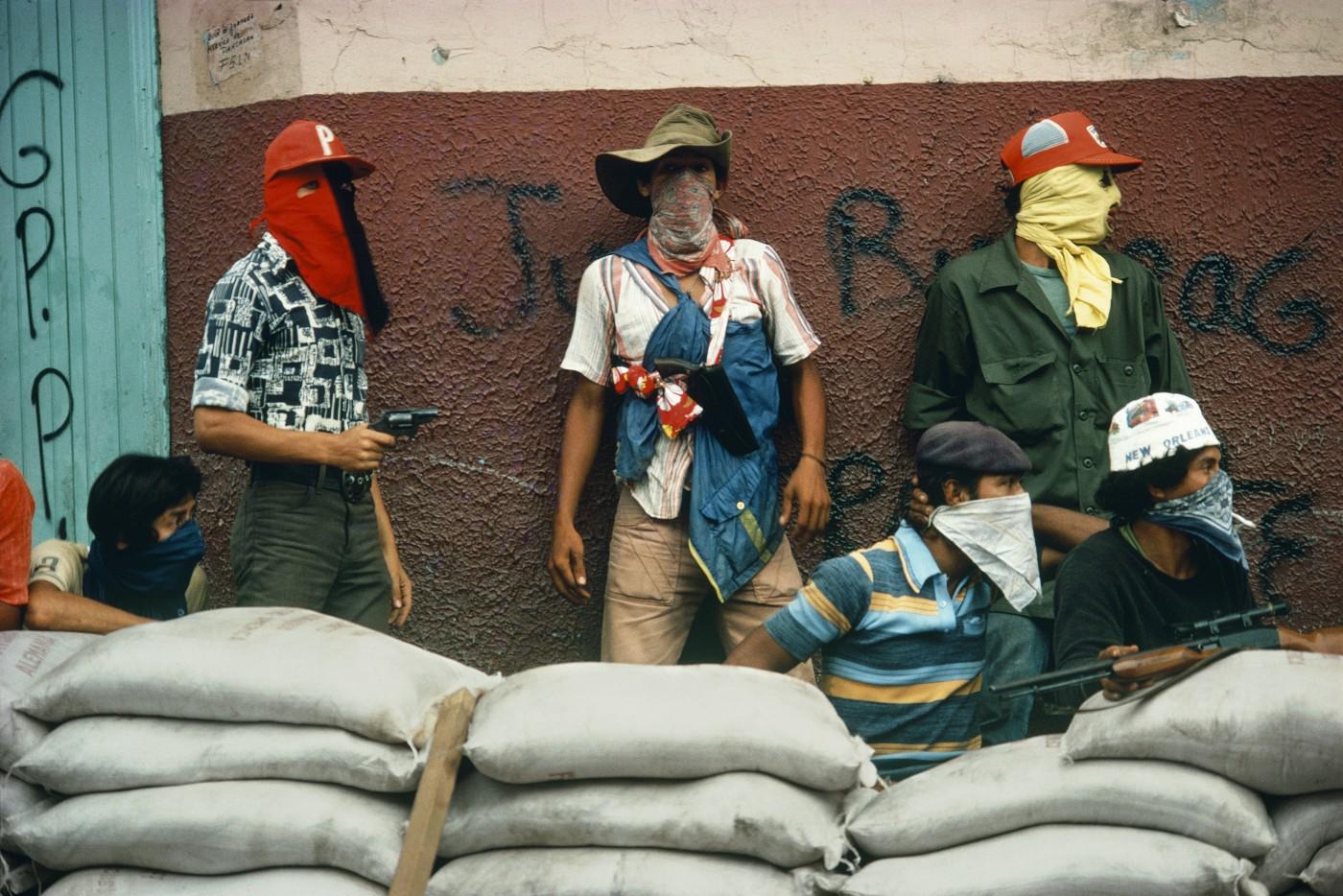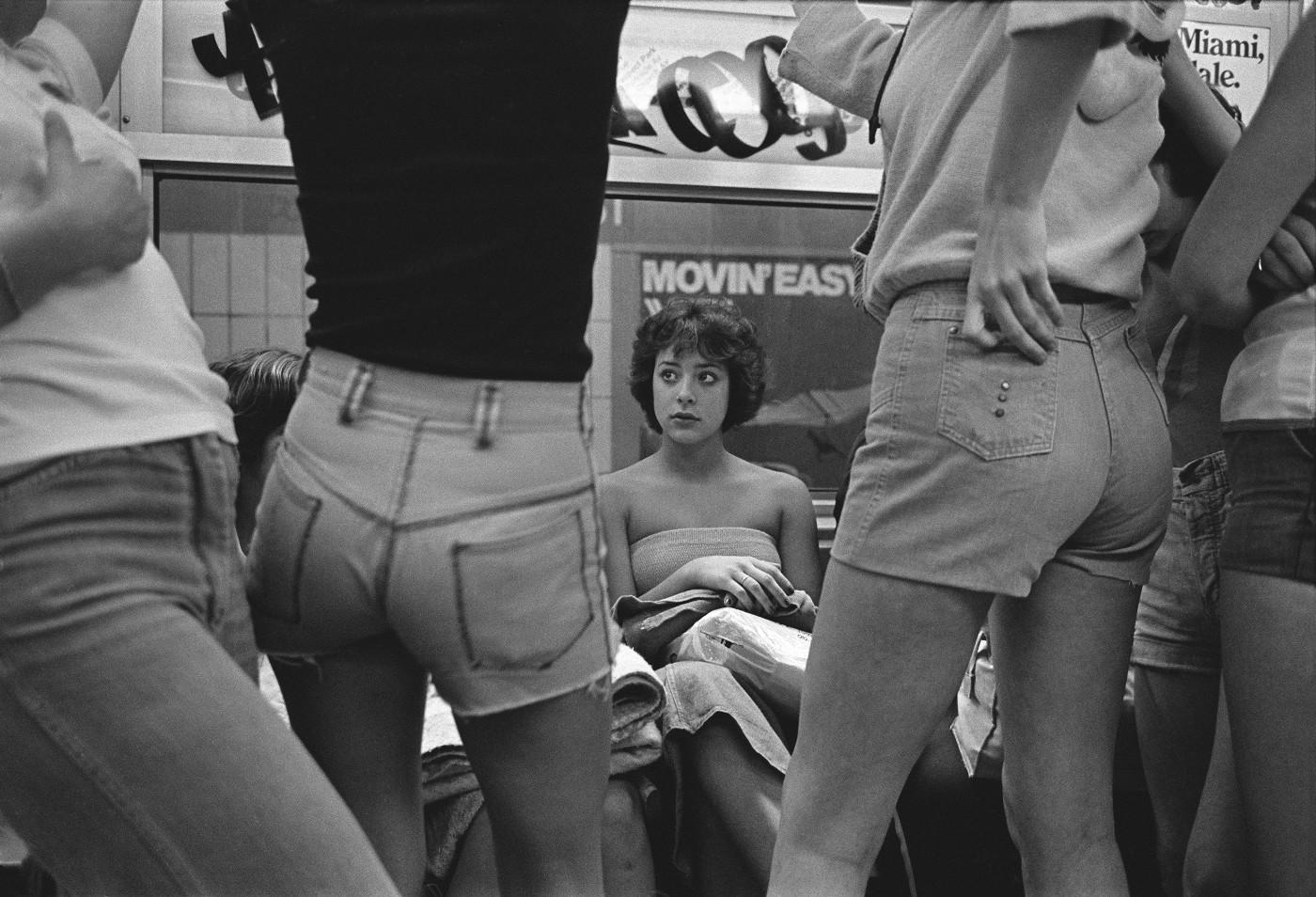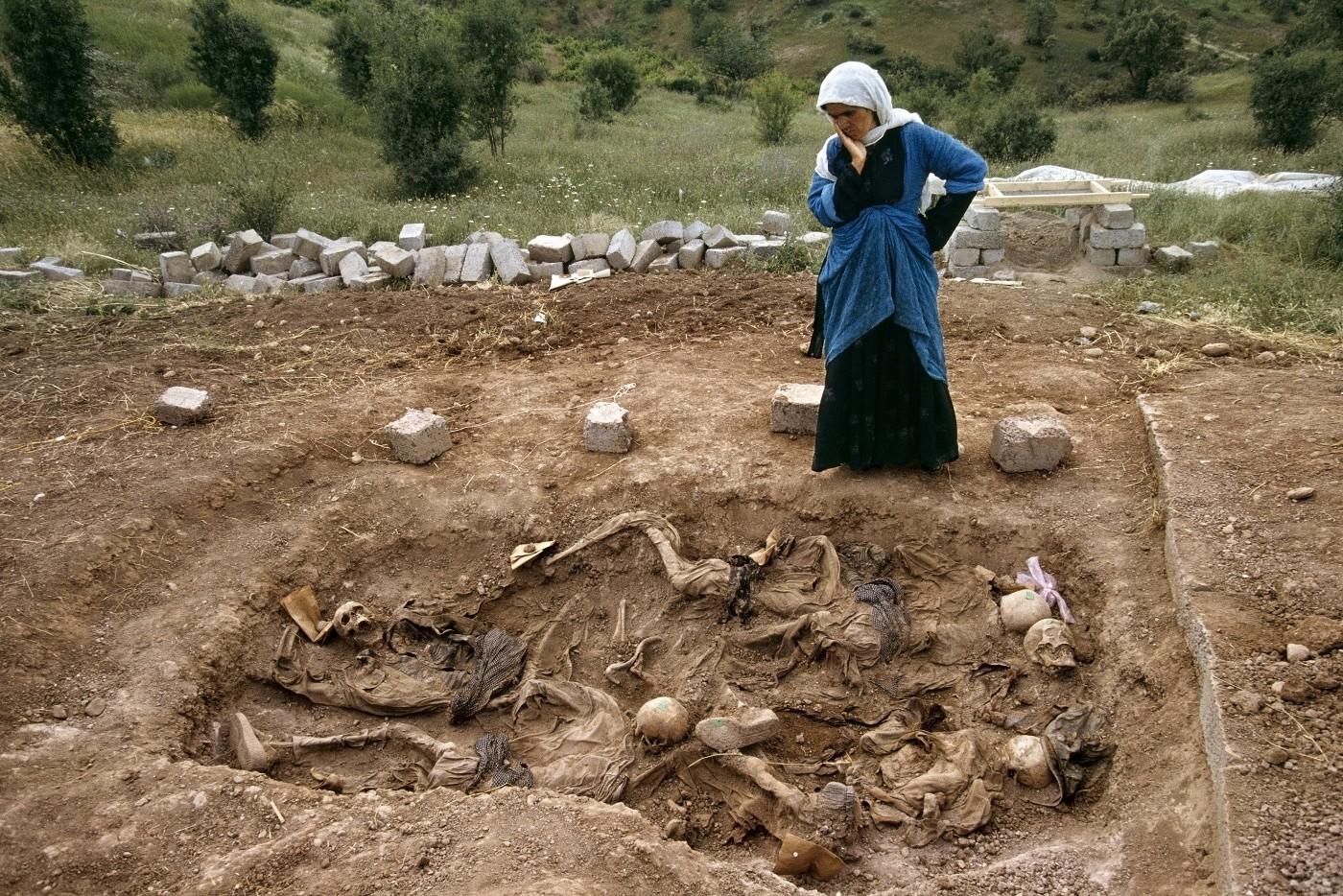Using a combination of still photography, video, audio recordings and interactive installations, Meiselas’ work offers complex studies of her subjects. Beginning with her first major series, Carnival Strippers (1972–75), which propelled her to fame, Meiselas' portraits offered more than a simple photo. For the series, Meiselas spent three summers following striptease dancers at summer carnivals in New England, documenting their lives on and off the stage, culminating in an exhibition at the Whitney Museum of Art, a book, and inspiring plays based on the works.
Meiselas went on to immerse herself in the Nicaraguan revolution in the late 1970s, the namesake series of the exhibition. Her images are iconic documents of a nation at war. In the early 1990s, Meiselas recorded the evidence of the Kurdish genocide in northern Iraq, culminating in Kurdistan: In The Shadow of History (1991–2007). A massive undertaking, the ongoing multimedia project includes photographs, videos, documents and oral accounts that help to preserve a lost community.































